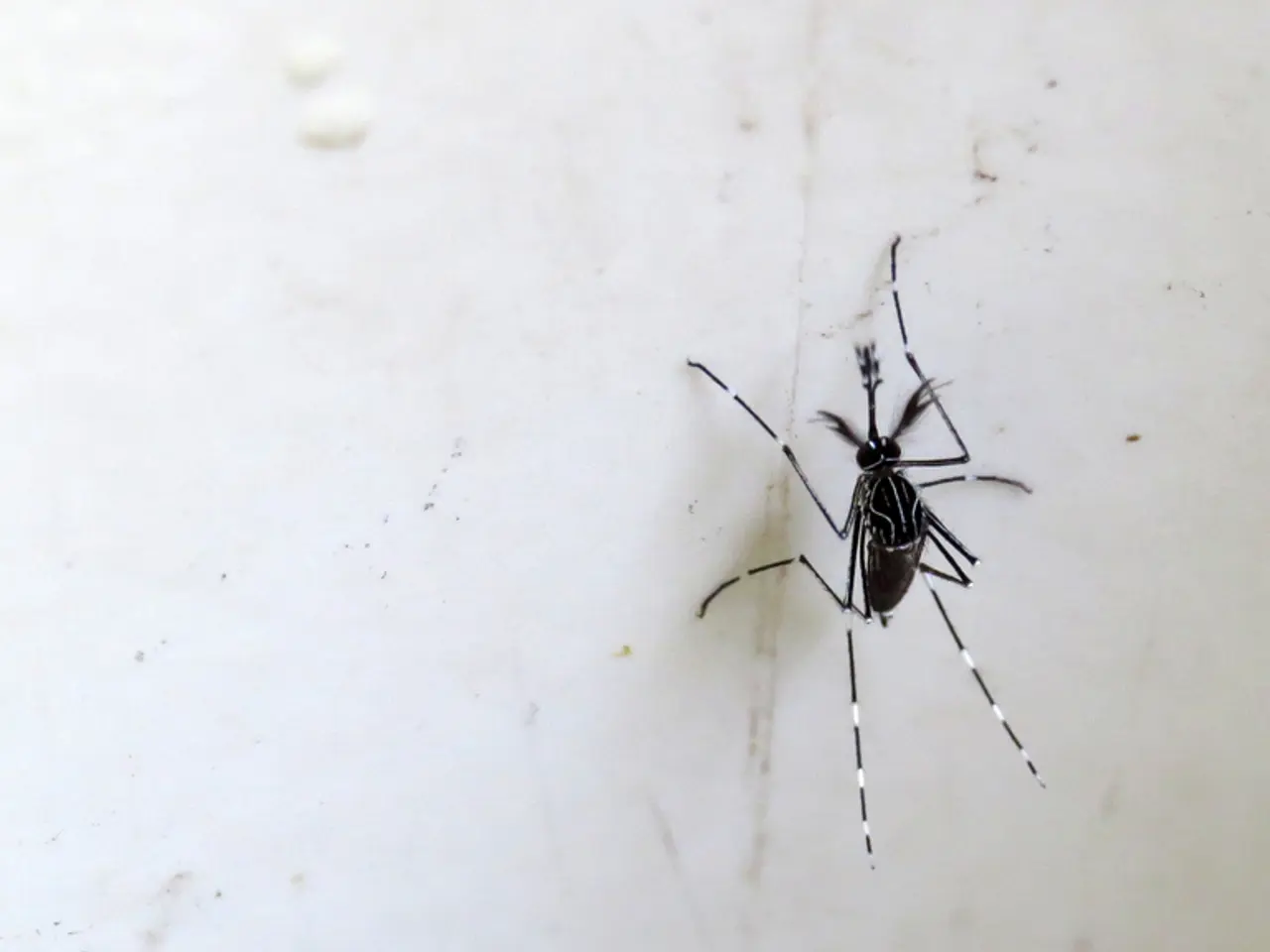Seven deceased in Greece due to West Nile virus infection
In Greece, the number of confirmed cases of central nervous system infections caused by the West Nile Virus has reached 68 as of September 17th. The majority of these cases have been registered in rural areas around the capital Athens and in Central Greece.
The virus is primarily transmitted by certain species of mosquitoes, and current temperatures in Greece, which are around 32 degrees Celsius, are favourable for the spread of the virus.
Severe cases with high fever are more common in older people or those with pre-existing conditions. Seven people have died from the West Nile Virus this year, according to the health authority EODY. Six patients have been treated in clinics, and three of them are currently in intensive care units.
Doctors advise using mosquito repellents to prevent the spread of the West Nile Virus. Additionally, using mosquito nets over beds is recommended to prevent infection.
It's important to note that the actual number of infected individuals is likely much higher due to many infected people developing no symptoms or only mild ones. The Greek regions with the most reported West Nile virus cases in 2025 are mainly located in 22 municipalities across 12 regional units (NUTS3 level), with cases spread throughout various parts of the country. Infections have been identified in multiple areas, including Thasos-Kavala (noted for equid outbreaks) and 18 regional units overall in recent reports by EODY.
Health authorities urge the public to take precautions to protect themselves from the West Nile Virus, especially during the warmer months when mosquito activity is at its peak.
Read also:
- Parliamentary Meetings in the Federal Diet of Germany this Week
- Proposal request for a worker radiation protection directive, addressing the risks associated with ionizing radiation exposure, put forth by the Commission.
- All individuals aged 75 and above to be incorporated in Respiratory Virus (RSV) prevention program, set to commence in September.
- Regulation Implementation Rules to be Established by the Commission for Enforcement Purposes





